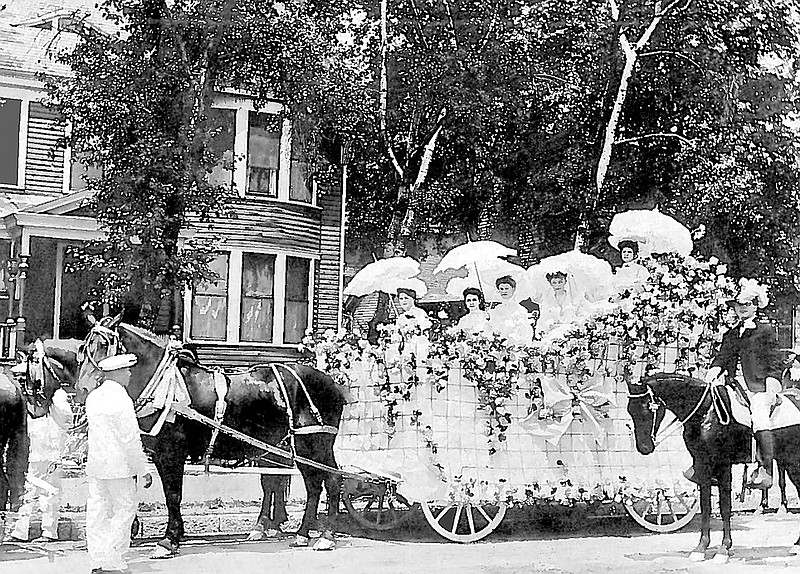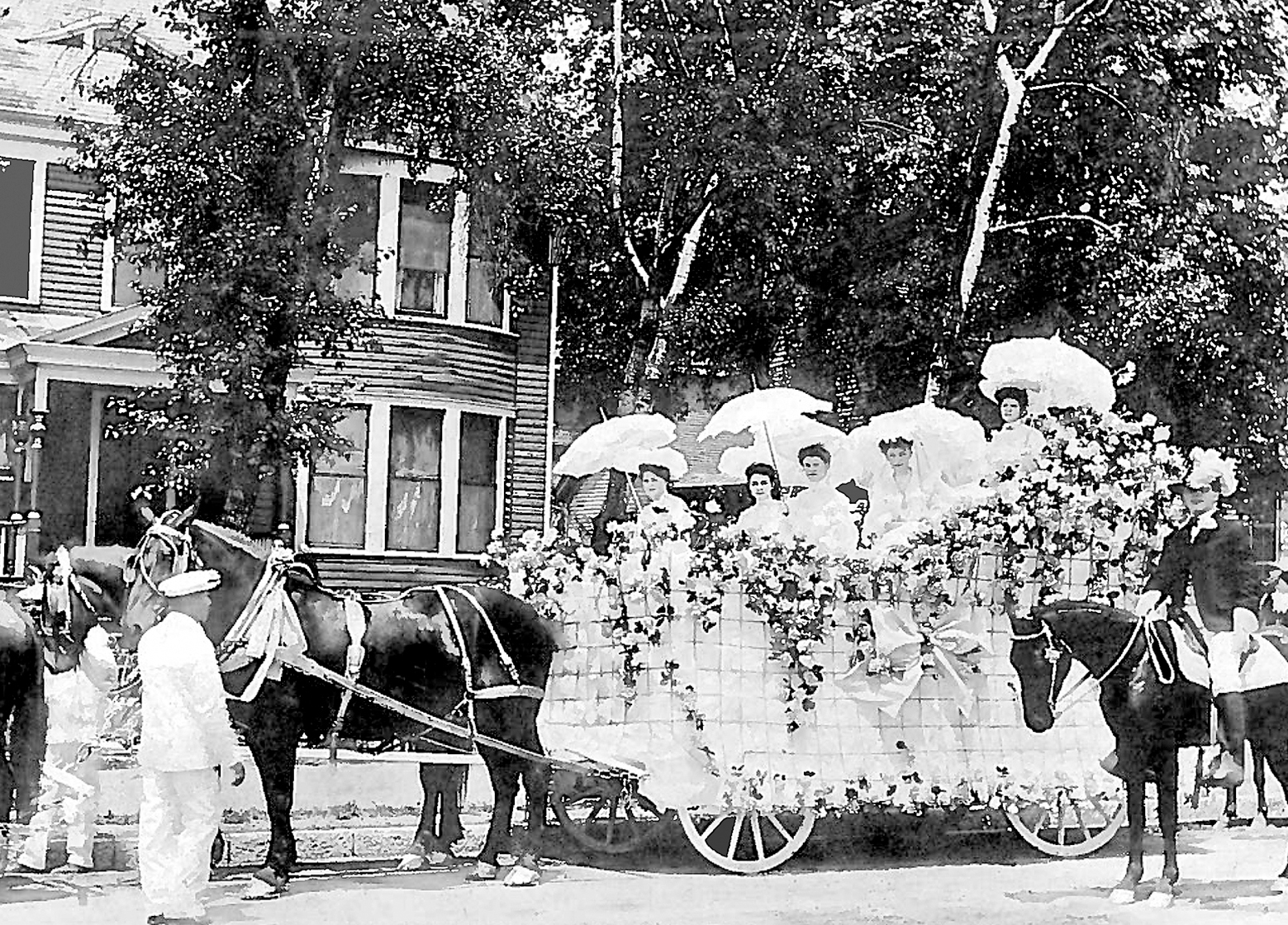The Riverbend Festival was launched in 1982 and will again offer a smorgasbord of entertainment starting June 5. But the first big Chattanooga festival came earlier. On Feb. 12, 1995, News Free Press reporter John Shearer related:
"Almost a century ago, Chattanooga had a giant celebration called the Spring Festival that was as colorful as the floats in its flower parade. It started in 1898. It continued until 1910."
It was "Mardi Gras, the Tournament of Roses Parade, the Riverbend Festival, the Cotton Ball, May Day, the County Fair, a Civil War reunion, the circus, the Tennessee Sportsfest, a New York ticker-tape parade and the Armed Forces Day Parade all wrapped into one big event," according to the newspaper.
Downtown businessmen wanted to provide Chattanoogans annual entertainment and to advertise the city to outsiders, and they succeeded.
Each festival was a little different, but they all began with Baldur, the Norwegian god of spring, arriving at the waterfront in a gaily decorated steamer. Concealed by a mask, the prominent Chattanoogan, Baldur, was in 1898 escorted on a float to Fountain Square and welcomed by the mayor and city officials. After a confetti battle, he led an illuminated procession of the fire departments of Chattanooga, Nashvillle, Huntsville, and 10 other cities plus militia and cavalry. Festivities ended with the Operon Ball at the New Opera House (at Sixth and Market streets.)
The chief event on the second day was one of the favorites of the festival, the Flower Parade. Businesses, neighborhoods and organizations decorated horse-drawn floats and carriages with flowers. Its central figure was the Queen of Chattanooga, who, attended by her maids of honor, rode on an elegant flower float, escorted by six knights on horseback.
Other queens on floats represented various suburbs and surrounding cities. Also taking part in 1899 events were fire engines with several unique original designs, all in flowers. Then came dozens of assorted private vehicles, also in full flower. Bicycle races followed. Two concerts by the Boston Symphony ended the day.
Each festival had plenty of unique offerings. In 1903, there was an Evel Knievel-like bicyclist who jumped into a pool of water; a diver who dove into a net; chariot races; cowboy acts; Indian displays; a Japanese village; an ostrich farm and a public wedding attended by 9,000 people.
There was usually a Maypole dance. A Midway on 11th Street appears to have accommodated most of these activities. During the 1904 festival, some 30,000 people visited the Midway in one day, when the city's population was only 50,000.
The third day in 1899 started with music by the Fifth Regiment Band of Atlanta at an exposition for local manufacturers and artists. A dedication of the Georgia Monument at Chickamauga Park followed. A parade of knights and queens started from the city at 2 p.m. and moved to a Coronation in the Auditorium (at Ninth Street near Georgia Avenue) before an audience of 5,000 people.
One organizer described it as: "one of the most brilliant spectacles ever experienced in this city, 200 participants being on the stage." The Baldur Ball followed at 10 p.m. at the New Opera House.
The first Baldur, or King, was Champe Andrews, followed in later years by Charles Evans, Col. J. Perry Fyffe, l.G. Walker, Maj. Fred Phillips and D'Woolford Henderson.
The first Chattanooga Queen of May was Margaret Sharp (later Mrs. R.L. Williams), who was teaching at First District School when notified of her selection. Later queens included Ann Watkins, Julia Leach, Sarah Alexander, Blanche Divine, Myra Smartt and Reita Faxon.
The festival that Chattanoogans had come to know and love suddenly died in 1910. Shearer said, "Exactly why the festival was discontinued seems to be as much a mystery as who Baldur was each year until his mask was removed.
What is quite clear is that the Spring Festival was a special event. It was held during a romantic era when there was no television, no radio and no automobiles to occupy people, so they put much of their creative talents into such events. As a result, Chattanoogans had something to remember the rest of their lives."
This year the Riverbend Festival carries on with the same creativity and diversity as the Spring Festival and is still going strong in its 34th year.
Frank "Mickey" Robbins, an investment adviser at Patten and Patten, is coordinator of the Local History series. For more information, visit Chattahistoricalassoc.org or call LaVonne Jolley 423-886-2090.

